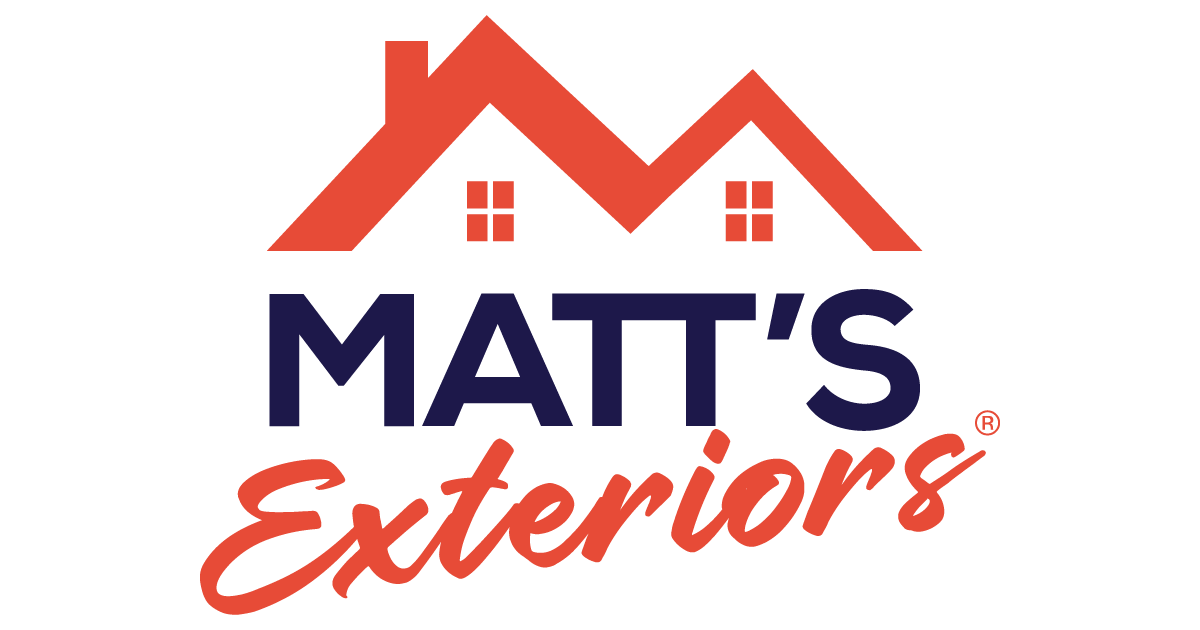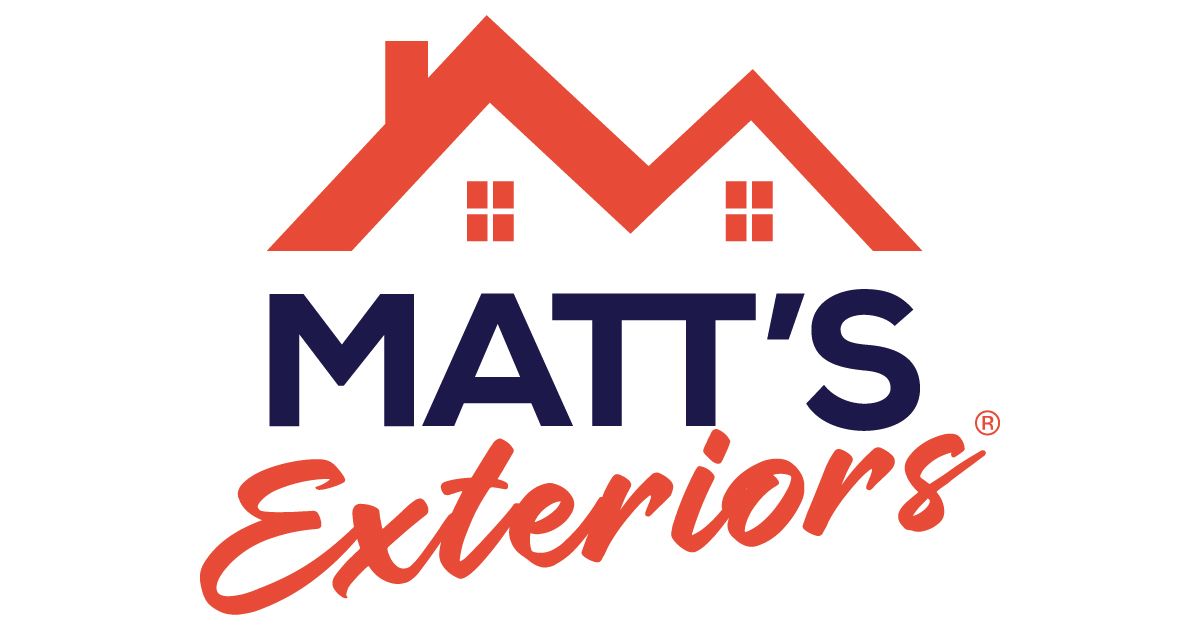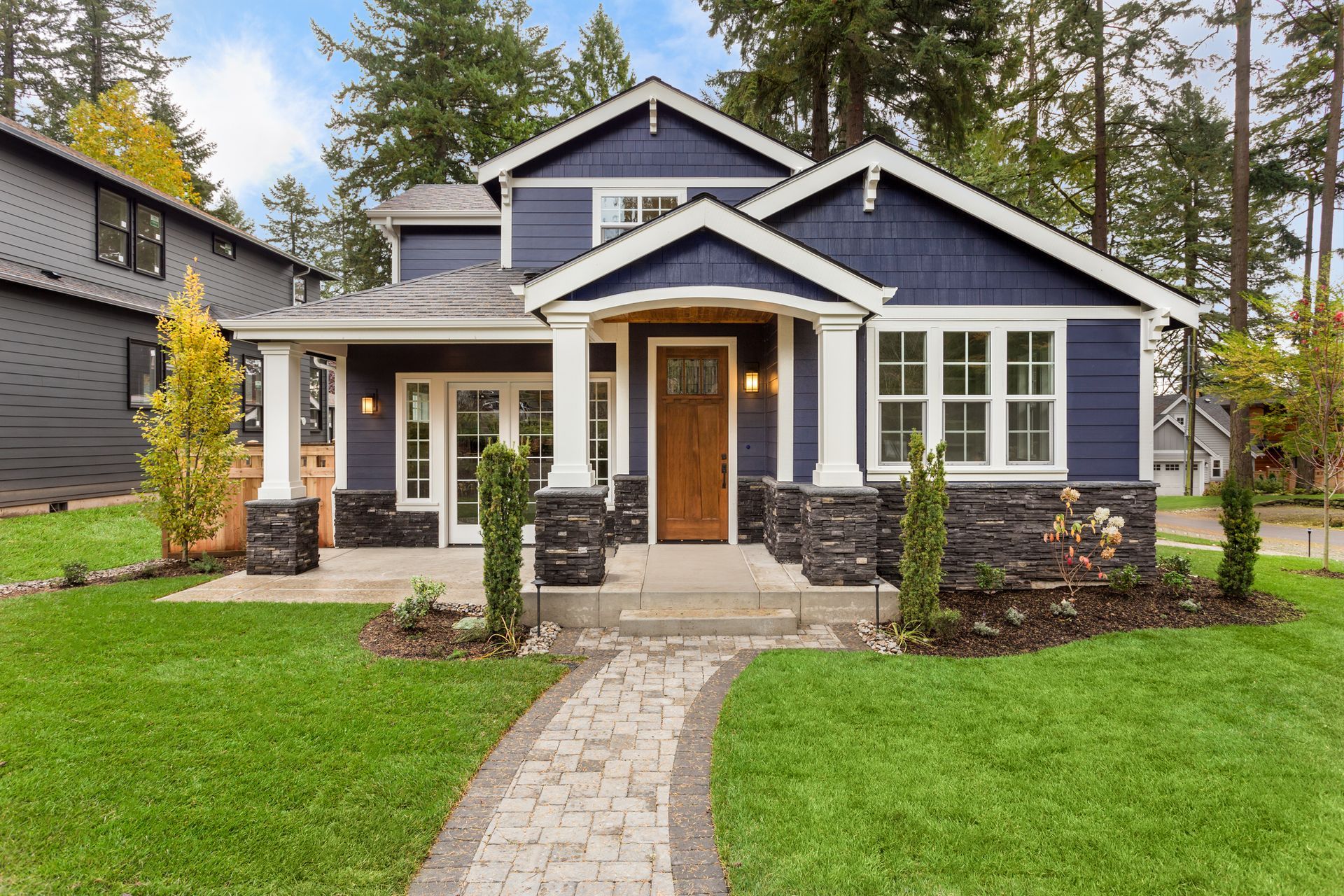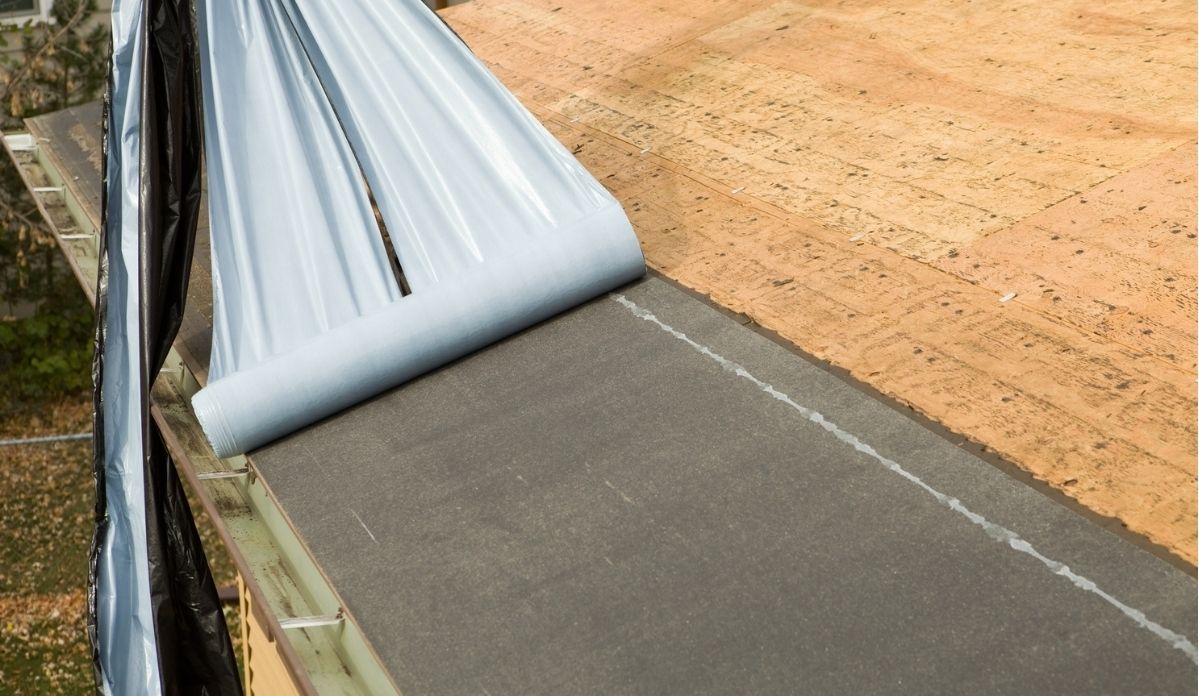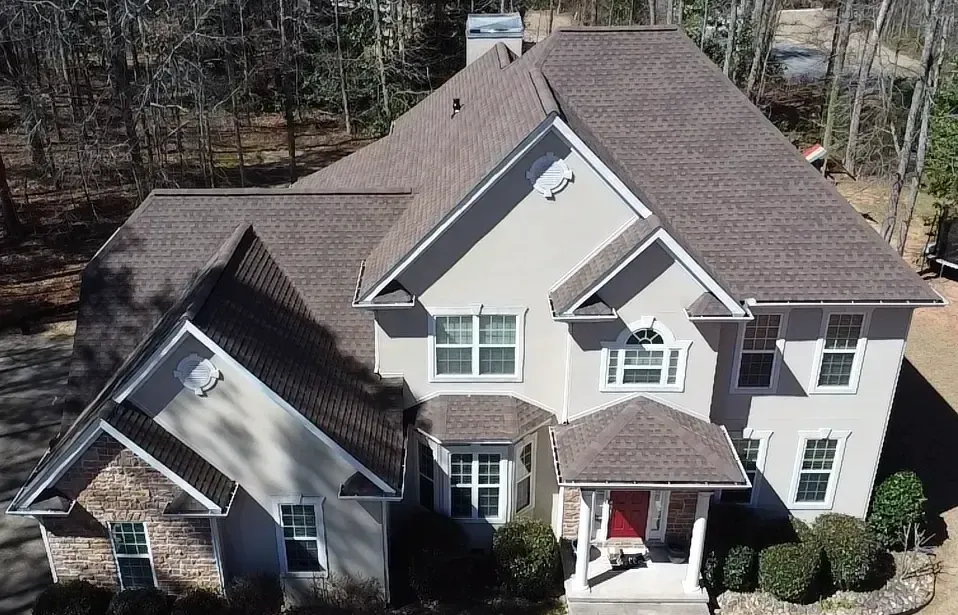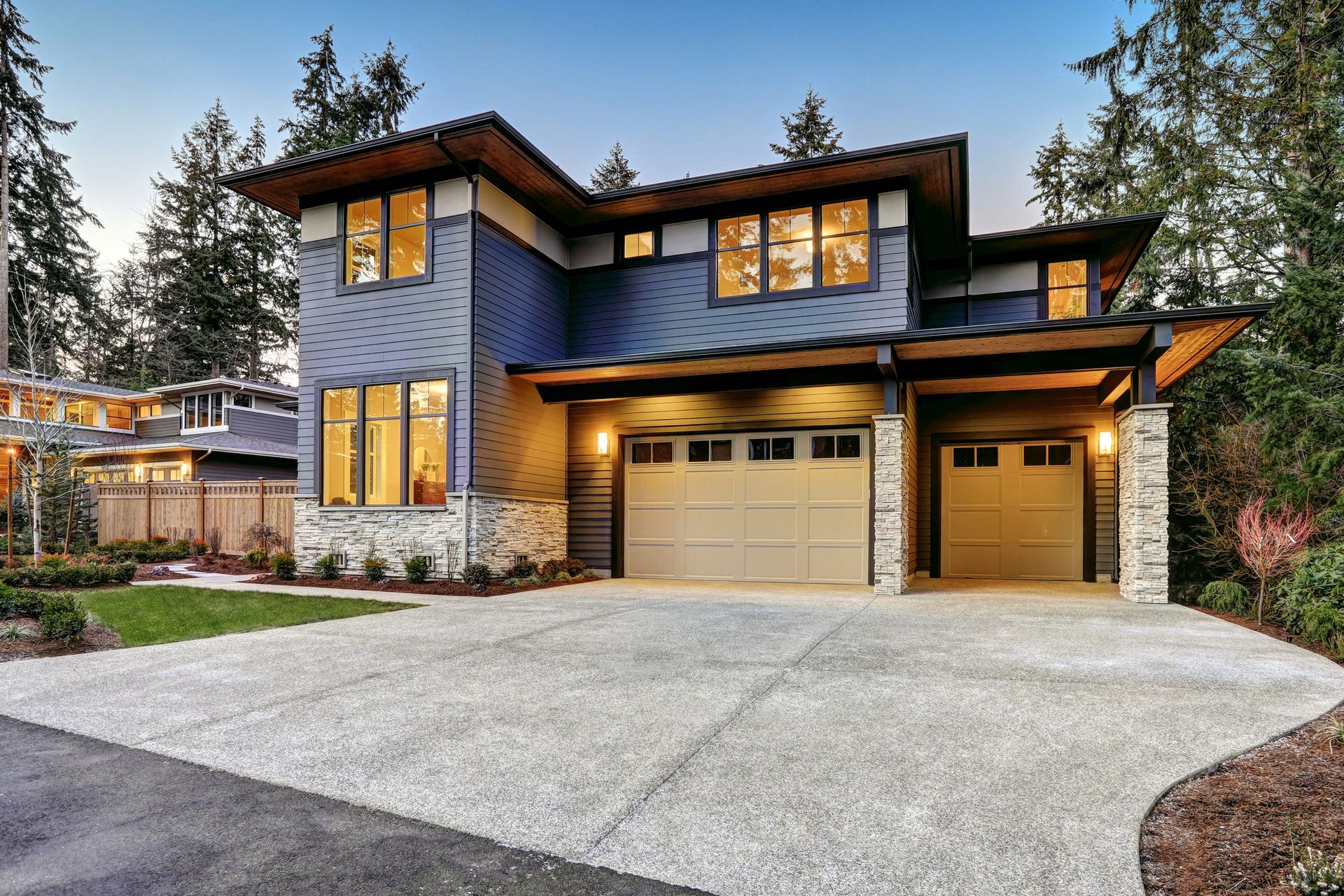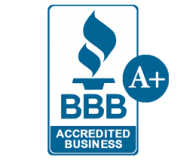Understanding the Numbers on Your Window’s Energy-Efficiency Label

When it's time to replace your home's windows, energy efficiency often tops the list of priorities—and with good reason. Energy-efficient windows not only reduce your utility bills but also improve your comfort and enhance your home's value. But how can you tell if the windows you're considering are truly energy efficient? The answer is right there on the sticker.
This guide simplifies what those numbers and terms on your window sticker (the NFRC Label) really mean, empowering you to make informed choices for your home.
Decoding Your Window's NFRC Sticker:
The NFRC (National Fenestration Rating Council) sticker is found on all certified windows. Here’s what each number means:

1. U-Factor
- Measures: Insulation performance (heat transfer)
- Understanding it: A lower U-factor means better insulation and less heat loss. Ideal ratings are between 0.20 and 0.30.
2. Solar Heat Gain Coefficient
- Measures: How effectively the window blocks heat from sunlight
- Understanding it: Lower SHGC values (0.25 to 0.35) are best for warmer climates like Georgia, as they help keep your home cooler and reduce air conditioning costs.
3. Visible Transmittance
- Measures: How much natural light the window allows into your home
- Understanding it: Higher VT ratings (0.40 to 0.70) provide brighter spaces without sacrificing efficiency.
4. Air Leakage
- Measures: How much air leaks through the window
- Understanding it: Lower AL ratings (0.1 to 0.3) indicate fewer drafts and better sealing, crucial for maintaining indoor temperatures and comfort.
5. Condensation Resistance
- Measures: How well the window resists condensation
- Understanding it: Higher CR numbers (50 or above) mean less chance of condensation forming, protecting your home from moisture-related issues
Why Invest in Energy-Efficient Windows?
Upgrading to energy-efficient windows benefits you in several ways:
- Lower Energy Bills: By reducing heat transfer, these windows decrease reliance on heating and cooling systems.
- Improved Comfort: Fewer drafts and better insulation create a comfortable home environment.
- Increased Home Value: Efficient windows are attractive to buyers, adding value to your home.
Learn more about why new windows are a great investment for your home here.
Energy Efficient Window Brands
Conclusion
In Georgia, summers are warm and humid, and winters tend to be mild. This climate makes it especially important to look for windows with:
- Low U-Factor (excellent insulation).
- Low Solar Heat Gain Coefficient (less heat entering your home).
- Low Air Leakage (prevent drafts and energy waste).
These aspects can lower your energy bills, enhance your home's comfort by reducing drafts, and boost your home's value, making it more appealing to potential buyers.
If you are interested in new, energy efficient windows then Matt's Exteriors is here to help. Click the button below to get started.
Frequently Asked Questions (FAQ)
Q: What window material has the best energy performance rating?
A: Fiberglass windows typically offer the best overall energy efficiency due to their excellent insulation properties, resistance to thermal expansion, and durability. Vinyl windows also provide very good energy performance and are more budget-friendly.
Q: Do energy-efficient windows really make a noticeable difference in comfort?
A: Yes! Energy-efficient windows reduce drafts, keep indoor temperatures consistent, and minimize hot or cold spots in your home. You'll typically notice immediate improvements in comfort, especially near windows.
Q: How much money can I save by upgrading to energy-efficient windows?
A: Most homeowners save between 15% to 30% on their energy bills after upgrading to energy-efficient windows. Savings vary depending on your previous window quality, climate, and energy usage habits.
